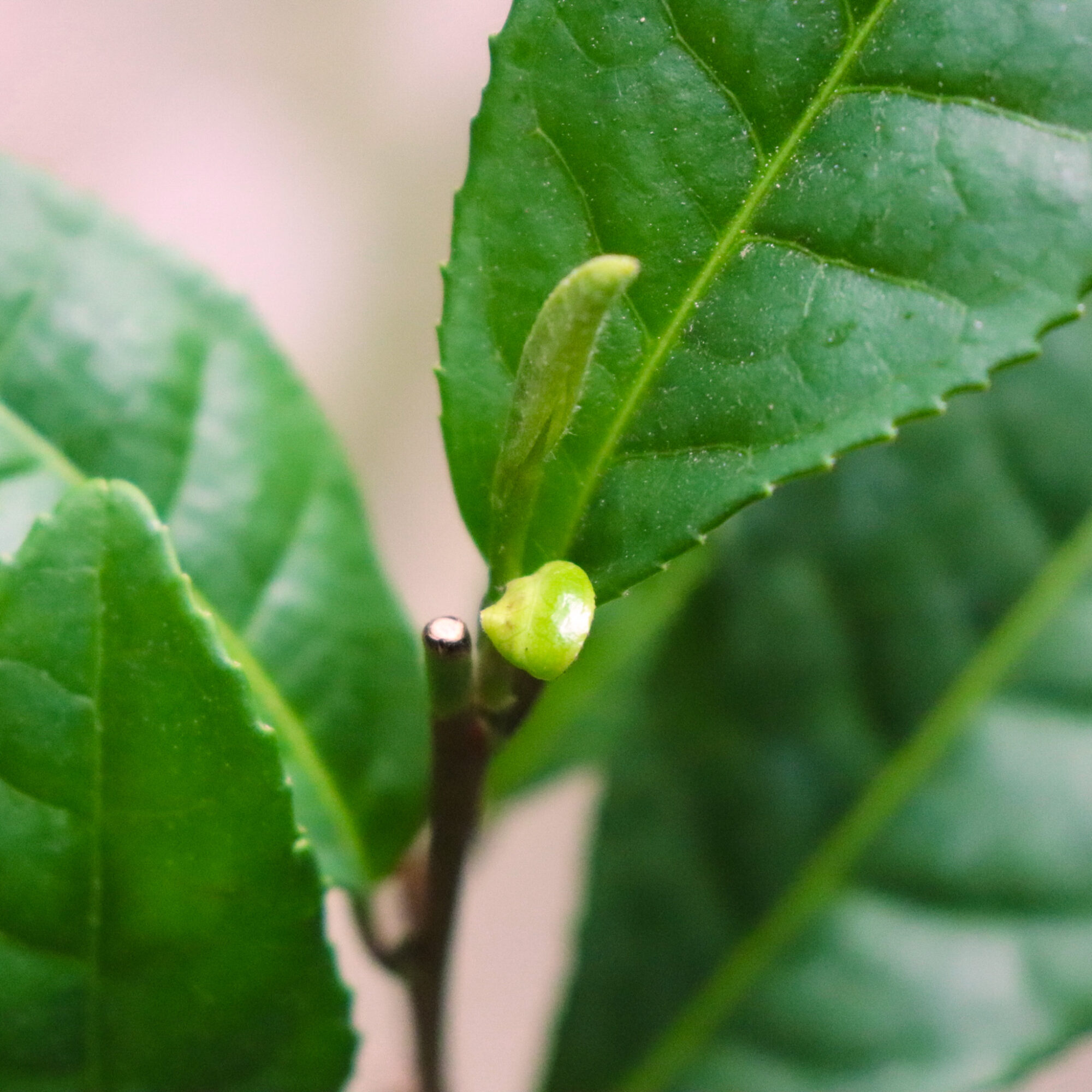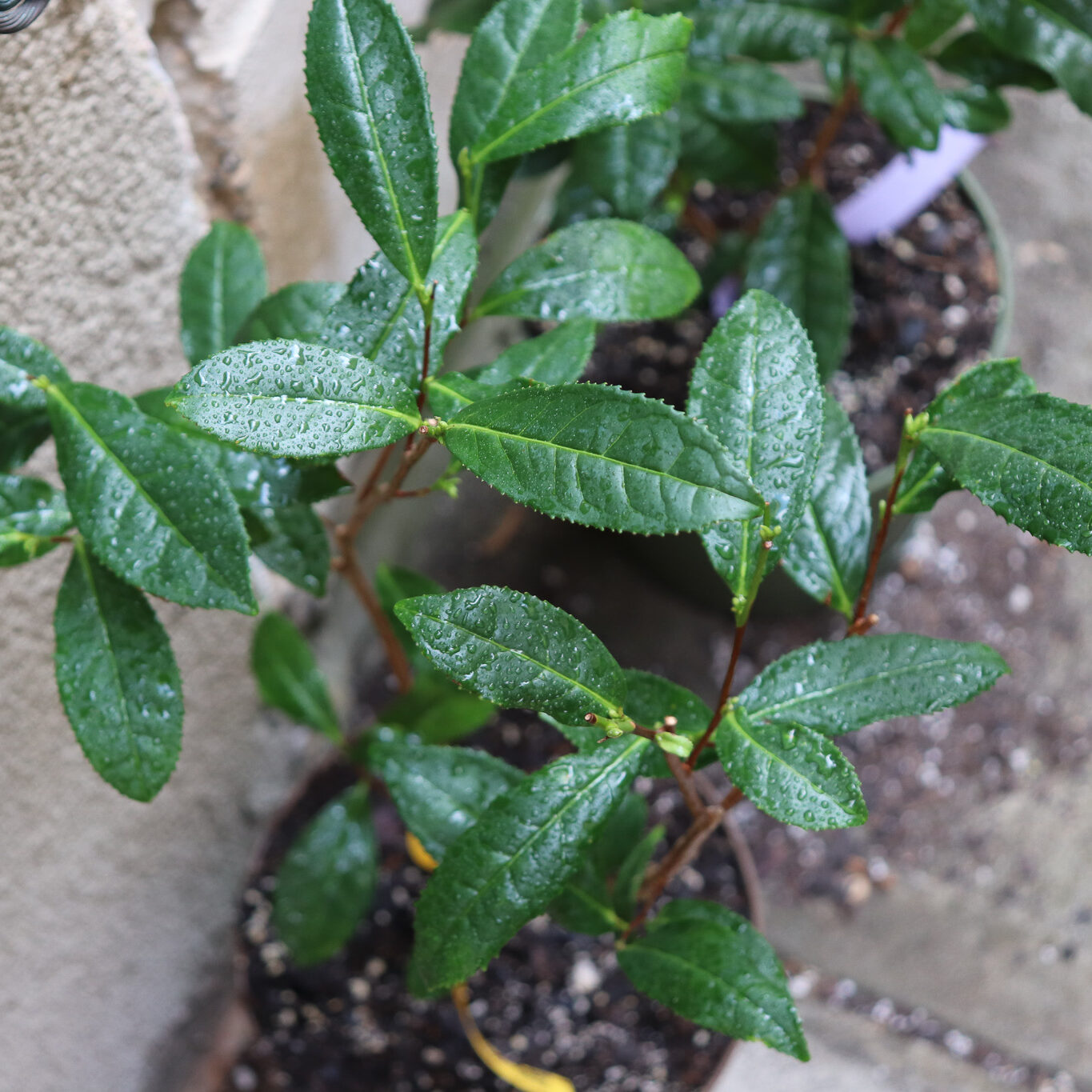Can tea be grown in the United States? Absolutely! The Camellia Sinensis plant is native to Asia, but can now be found in a growing list of countries around the world. In this post, I’ll be exploring if tea can be grown in the United States, where it is being produced, and a little about how to grow tea yourself.
How Long Has Tea Been Grown in the United States?
The first tea plants to be grown in the United States were planted in Georgia around 1772. From there it spread to South Carolina. The United States patent office hired Robert Fortune to bring tea to America in 1857. After receiving the cases of seeds, they fired him without paying his fees and Fortune spent most of the Civil War trying to recoup them. Pinehurst Plantation was planted in the 1800s and successfully produced tea until around 1915 when it was abandoned.
In 1960, Lipton set up a research station on a former potato farm on Wadmalaw Island using surviving tea plants from the old Pinehurst Plantation. It was sold to Mack Fleming and Bill Hall in 1987 and became the Charleston Tea Plantation. Bigelow Tea Company purchased the plantation in 2003 and still operates it today. Lipton also had a research station in Alabama, but it was abandoned after Hurricane Frederick in 1979.
Where is Tea Grown in the United States?
The Charleston Tea Garden has long been advertised as the only tea garden in the U.S., but that is not the case. Tea is now being grown in Hawaii, Mississippi, Alabama, and even Michigan. Here is a list of all of the tea grown in the United States that I know of. I’ve limited it to those with websites and who have their tea available for purchase. If I missed one, please let me know so I can add it!
| Alabama –Fairhope Tea Plantation | Hawaii –Abby’s Ohana Tea –Big Island Tea –Maui Tea Farm –Mauna Kea Tea –Tea Hawaii & Company –Volcano Winery |
| Louisiana –Fleur de Lis Tea Company | Michigan –Light of Day Organics |
| Mississippi –The Great Mississippi Tea Company –Longleaf Tea Co. | South Carolina –Charleston Tea Garden –Tablerock Tea Company |
| Oregon –Minto Island Tea |
Can You Grow Your Own Tea?
The Camellia Sinensis can be grown anywhere their ornamental Camellia relatives can (generally zones 7A and warmer). It prefers well-draining acidic soil. Tea plants do not do well indoors in my experience. The air in our homes is just too dry for them to be able to thrive. They are also very susceptible to root rot when kept in pots.
I currently have two Camellia Sinensis growing in pots outside of my apartment in New Jersey, one Russian variety and one Korean. I chose them specifically because they are both fairly cold-tolerant. I’m in growing zone 6B, so it’s a little outside of the recommended range. The Russian variety gets quite dramatic when there are heat waves in the summer. I often need to mist it with water to help it perk back up again.
The only pest I have had an issue with is a neighborhood squirrel that likes to dig in them. My husband dubbed the furry rascal Rocky. He destroyed tea seedlings that I had years ago so I planted red clover around the plants this time around. That has helped a lot with deterring him. My tea plants bloomed in the fall and successfully survived their first winter. It’s exciting to see all of the new growth now that spring is here.



While it is fun and fascinating to grow tea plants, it’s essential to keep in mind that it takes a large volume of fresh leaves to make just a small amount of finished tea. You would need to have acres of land planted with tea to sustainably make your own tea. It also takes several years for the plants to get large enough for harvesting. It certainly gives a whole new level of respect for the people who work so hard to grow, harvest, and process the tea we buy.
Where to Buy Tea Plants
I recommend purchasing seeds or starter plants from a reputable local nursery whenever possible. You’ll see tea seeds available for sale on places like Amazon, eBay, and Etsy, but it is hard to guarantee that the seeds are Camellia Sinensis or that they will even be viable.
Here are some trustworthy places where you can get seeds and plants online:
I highly recommend Grow Your Own Tea by Christine Parks and Susan M. Walcott as a resource for growing and processing tea. It’s a thorough guide that helped tremendously with keeping my plants healthy.
Have you ever tried tea that was grown in the United States? I’d love to hear from you in the comments below!
This post was originally published on July 4th, 2014. It was revised and updated on May 28th, 2023.
Help Support This Site

Support my work in tea by joining my Patreon community. For $2-$5 a month you’ll receive access to exclusive behind-the-scenes content, my private Discord server, surprise quarterly packages, and more!
